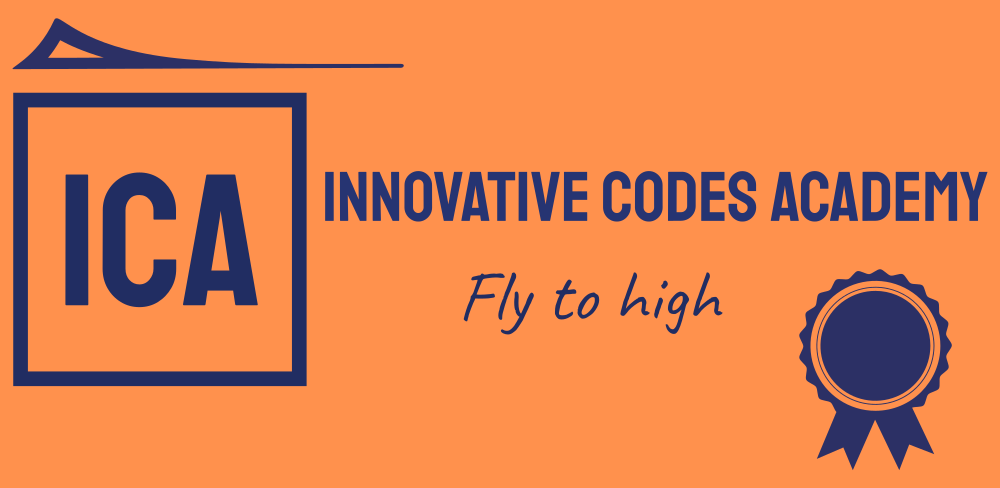Here I have attached COMPUTER ARCHITECTURE Lecture notes for your reference used them and share them with your friend, click on the download button file will be automatically downloaded.
CS8491-CA-UNIT-5 – Processing
CS8491 COMPUTER ARCHITECTURE
OBJECTIVES:
• To learn the basic structure and operations of a computer.
• To learn the arithmetic and logic unit and implementation of fixed-point and floating point
arithmetic unit.
• To learn the basics of pipelined execution.
• To understand parallelism and multi-core processors.
• To understand the memory hierarchies, cache memories and virtual memories.
• To learn the different ways of communication with I/O devices.
UNIT I BASIC STRUCTURE OF A COMPUTER SYSTEM
Functional Units – Basic Operational Concepts – Performance – Instructions: Language of
the Computer – Operations, Operands – Instruction representation – Logical operations –
decision making – MIPS Addressing.
UNIT II ARITHMETIC FOR COMPUTERS
Addition and Subtraction – Multiplication – Division – Floating Point Representation –
Floating Point Operations – Subword Parallelism
UNIT III PROCESSOR AND CONTROL UNIT
A Basic MIPS implementation – Building a Datapath – Control Implementation Scheme –
Pipelining – Pipelined datapath and control – Handling Data Hazards & Control Hazards –
Exceptions.
UNIT IV PARALLELISIM
Parallel processing challenges – Flynn‘s classification – SISD, MIMD, SIMD, SPMD, and
Vector Architectures – Hardware multithreading – Multi-core processors and other Shared
Memory Multiprocessors – Introduction to Graphics Processing Units, Clusters, Warehouse
Scale Computers and other Message-Passing Multiprocessors.
UNIT V MEMORY & I/O SYSTEMS
Memory Hierarchy – memory technologies – cache memory – measuring and improving
cache performance – virtual memory, TLB‘s – Accessing I/O Devices – Interrupts – Direct
Memory Access – Bus structure – Bus operation – Arbitration – Interface circuits – USB.
OUTCOMES:
On Completion of the course, the students should be able to:
Understand the basics structure of computers, operations and instructions.
Design arithmetic and logic unit.
Understand pipelined execution and design control unit.
Understand parallel processing architectures.
Understand the various memory systems and I/O communication.
TEXT BOOKS:
- David A. Patterson and John L. Hennessy, Computer Organization and Design: The
Hardware/Software Interface, Fifth Edition, Morgan Kaufmann / Elsevier, 2014. - Carl Hamacher, Zvonko Vranesic, Safwat Zaky and Naraig Manjikian, Computer
Organization and Embedded Systems, Sixth Edition, Tata McGraw Hill, 2012.
REFERENCES:
- William Stallings, Computer Organization and Architecture – Designing for
Performance, Eighth Edition, Pearson Education, 2010. - John P. Hayes, Computer Architecture and Organization, Third Edition, Tata
McGraw Hill, 2012. - John L. Hennessey and David A. Patterson, Computer Architecture – A Quantitative
Approach‖, Morgan Kaufmann / Elsevier Publishers, Fifth Edition, 2012.
